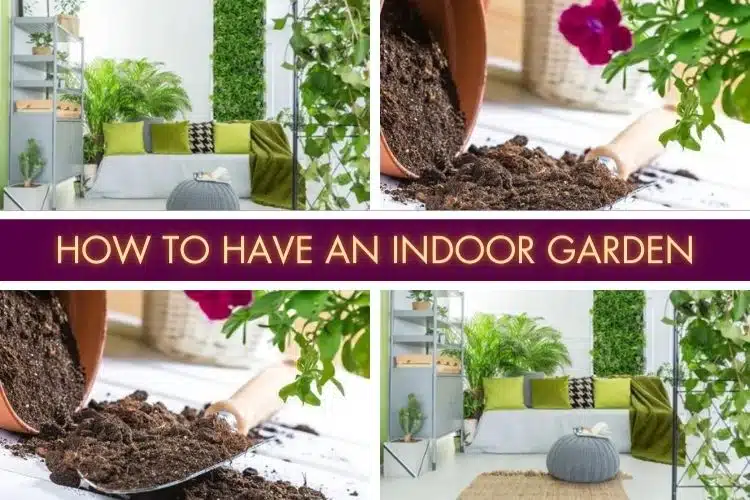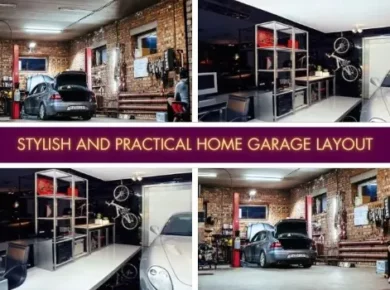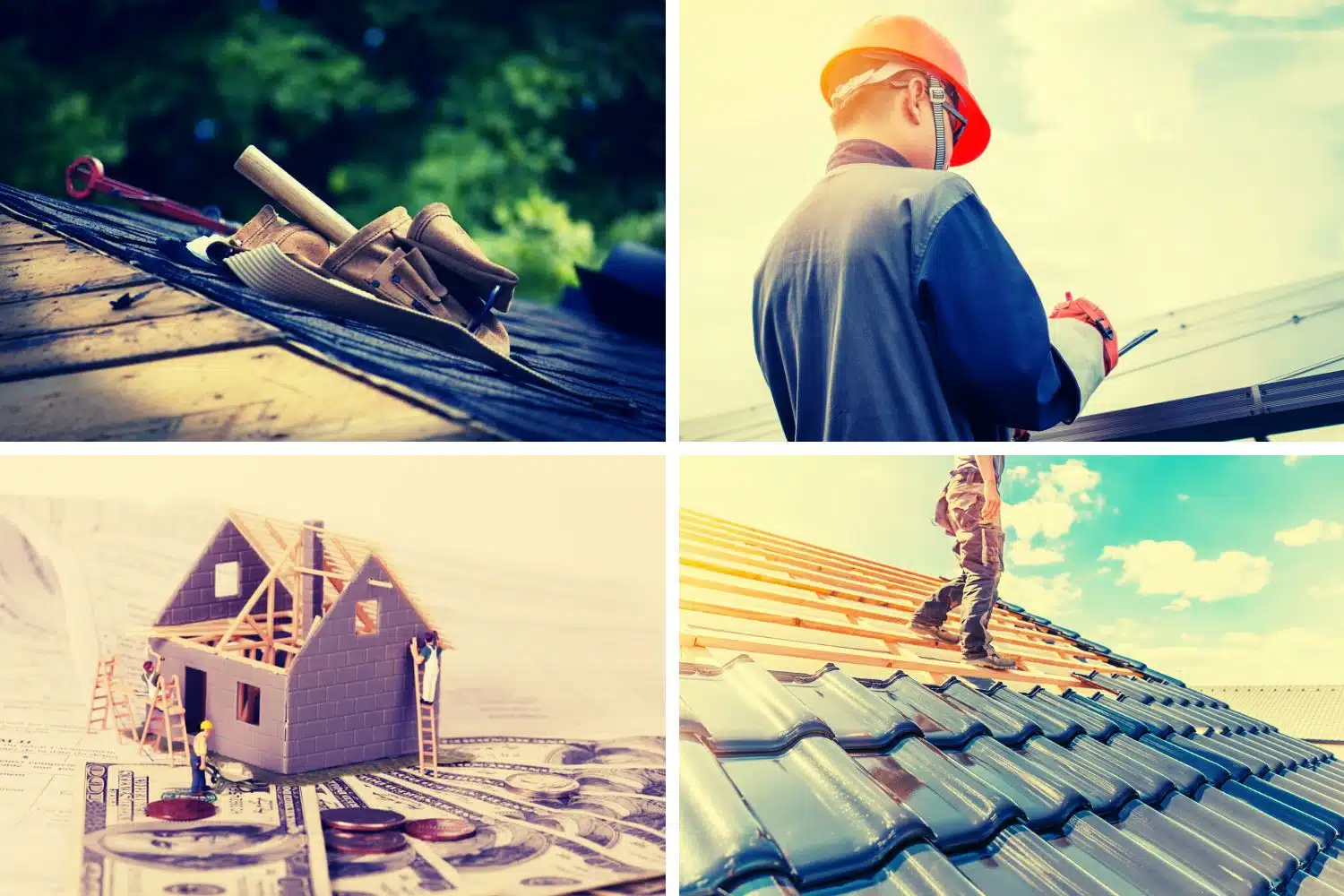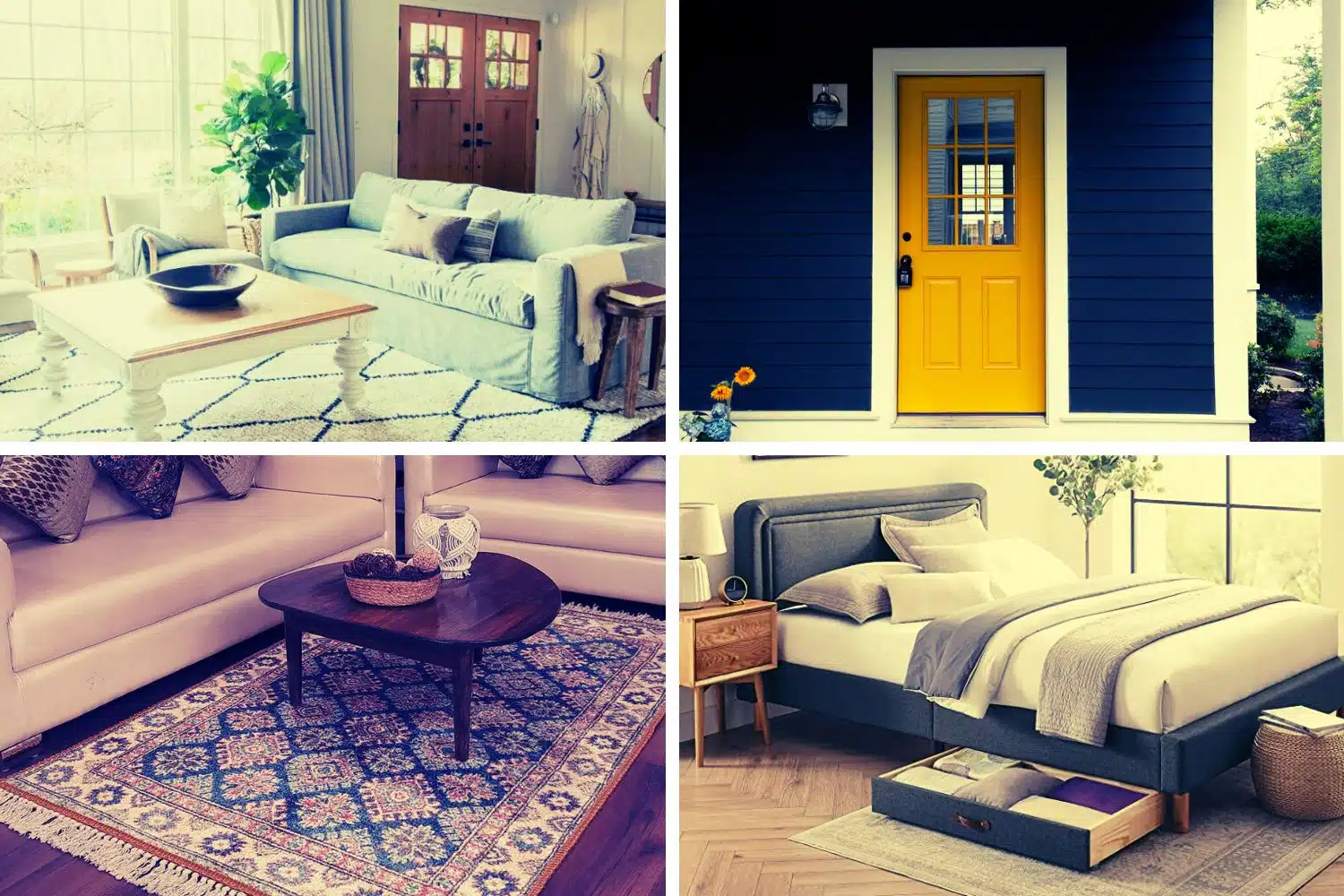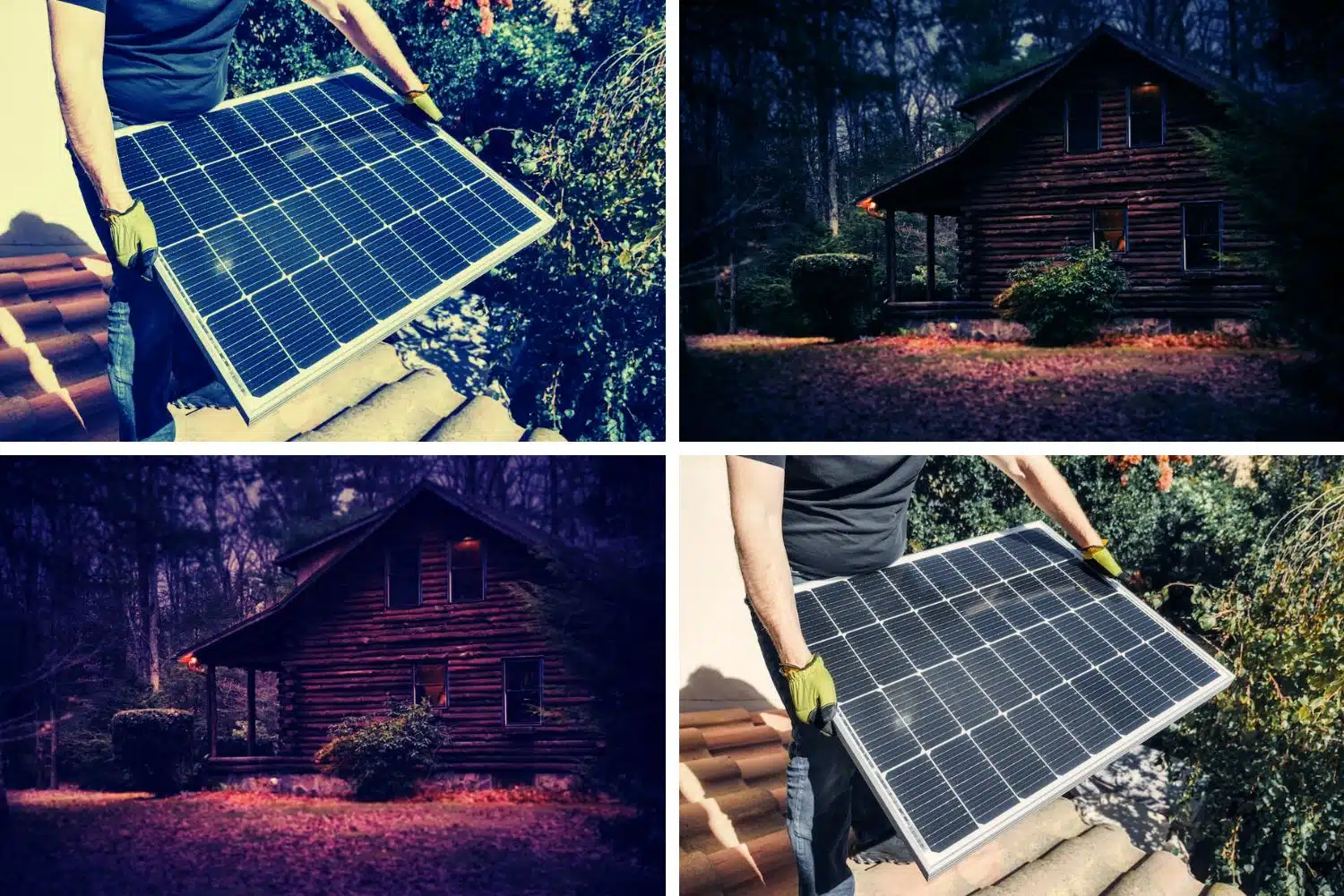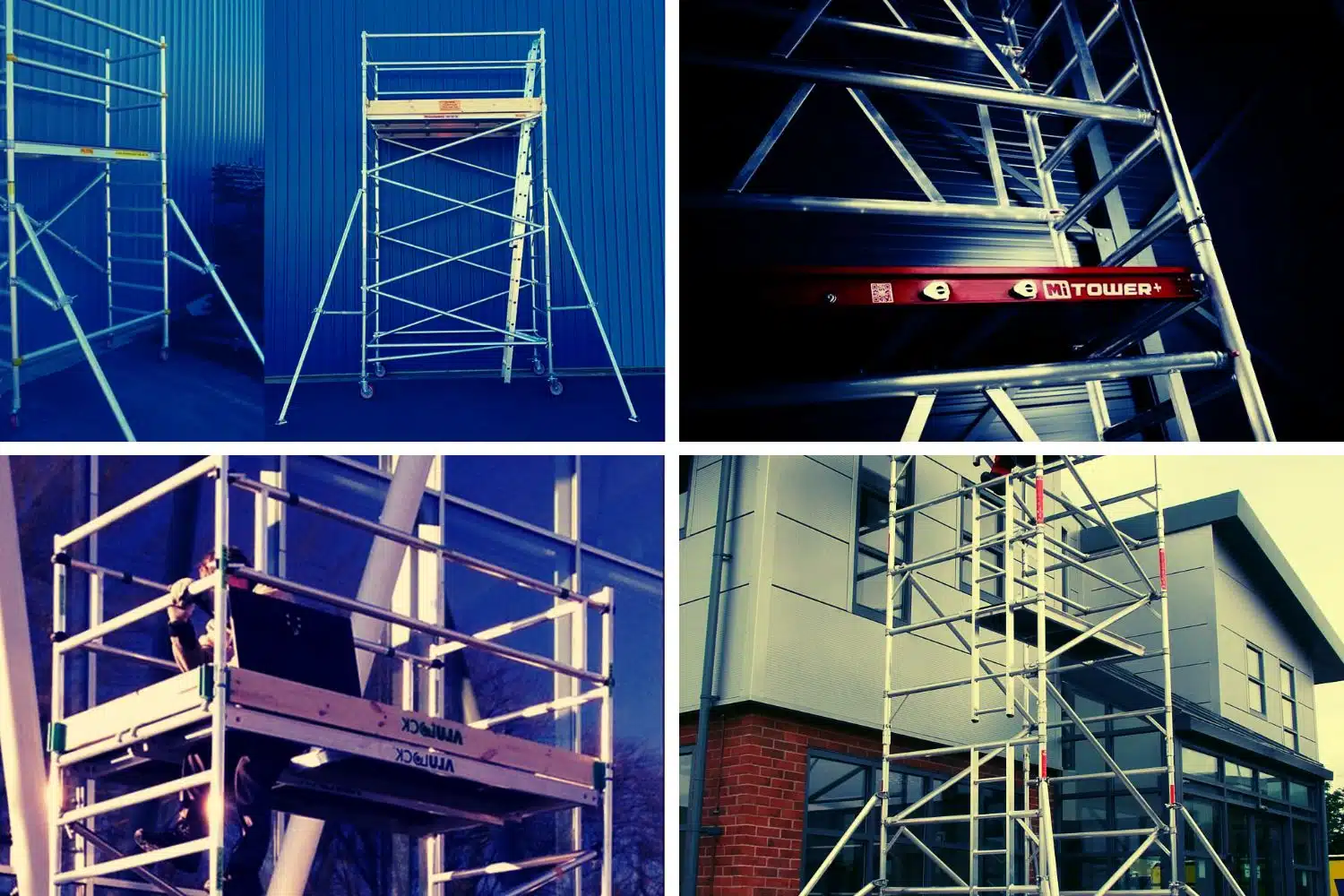Have you ever thought of making your own indoor garden? If you don’t have much space outdoors but you would like to grow your own produce or herbs, then we have some tips to help you. With a little ingenuity and research, you will have homegrown herbs and veggies to enjoy.
Make Space for Your Garden
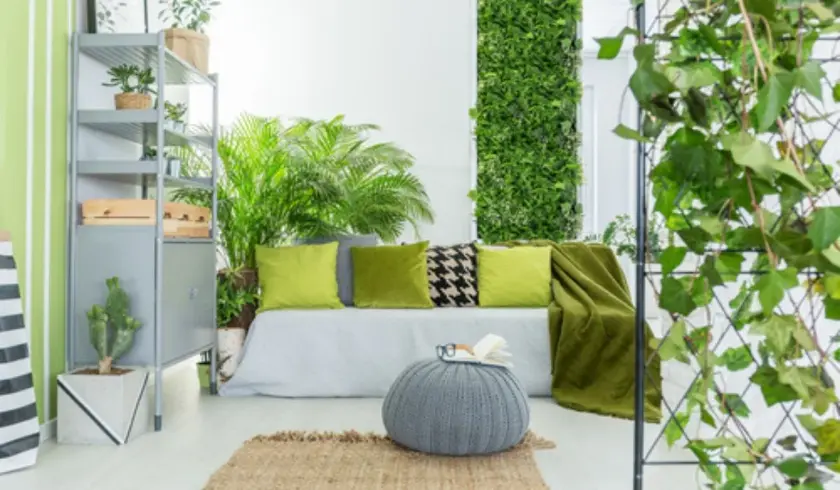
Don’t start planting just anywhere. Location is incredibly important for your indoor garden. Start by scoping out the best place to repurpose as a garden. Maybe you have a whole room to give up for a garden or you just have a small space. In either case, you need to look for natural lighting. That will be crucial to ensuring that your plants grow healthy. Also consider the temperature for the space you will be using. If it gets too hot or too cold at any time, that can be dangerous to your plants. Try to choose a spot that has good temperature control or that is close to an exterior wall and that will have temperatures similar to the outdoors.
We recommend setting up a humidifier for your plants to help control the humidity levels in the air. That item can be a lifesaver for indoor plants.
Pick Plants That Do Well Inside
You can’t pick just anything to grow in your inside garden. You have to carefully select plants that can handle that environment, like lettuces. They are hardy and will likely thrive when planted in an indoor garden. Be sure to enrich the soil with fertilizer to boost growth and give your plants fewer struggles to deal with.
Arugula is another good choice, since it starts growing quickly and doesn’t have a very long germination period. It does well in a cool space, and you can get several harvests from one plant. That means it is worthwhile to plant it in a small space because of the potentially great yield.
Keep in mind how large your plants will get too. Kale grows to be quite large, so you may not be able to plant much at once. Sage and rosemary are great indoor herbs which can do well in drier environments.
Provide Enough Sunlight
You may be limited as to where you can place your indoor garden, so be sure to choose a place with lots of sunlight throughout the day. If that’s not possible, then some herbs and veggies can do just fine with artificial lights. You can use grow lights in place of natural sunlight, and most herbs and vegetables will be okay in that kind of environment.
If your plants are put into movable pots, you can scoot them around throughout the day to take advantage of the sunlight. You may even want to set them outside on a patio or walkway to absorb plenty of sunlight. If you can’t do that, try to place them where they can get sunlight in the morning, in front of a window that faces East.
Moving plants around the house can leave behind a lot of dirt and debris to clean up. If your garden is a lot of work, you may need help with the tidying and may benefit from hiring a professional cleaning service who can do a really good job sometimes.
Pay attention to the kind of light your plants require. Not all of them will need lots of sunlight, and you don’t want to damage them by overdoing it with the natural light.
Water Sparingly
You might think that you need to give your plants water each day, but that’s not always true. There likely won’t be as much heat indoors as there is outdoors, so your plants won’t need as much water in this new environment. The soil probably won’t dry out as fast either indoors, so watering every day might not be necessary.
If you over-water the garden, you can slow down the growing process and even kill your plants, so do a little research as to how much water your plants need and what the soil should look like for those plants if it has adequate water in it.
Use the Right Soil
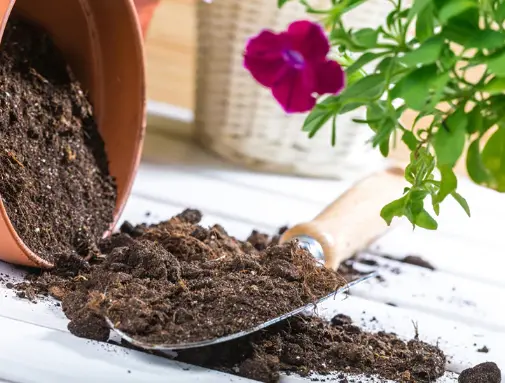
Some of your indoor plants will benefit from a soil mix made of compost and potting soil. The compost provides rich nutrients, while the potting soil is airy and breathable. Herbs and salad greens will need lighter mixes, while fruiting plants will require lots of nutrition.
Go for potting soil that is high quality, since indoor plants can be kind of delicate. They may need extra care compared to outdoor plants. Try to choose soil that is designed for indoor gardens, or at least stay away from soil that is labeled as being for in-ground garden beds. You may need to enrich the soil with liquid fertilizer every so often to give it enough nutrients to feed the plants.
You Might Want to Try a Hydroponic Method
Another way to go with your indoor garden is to use hydroponics to grow your plants. This method doesn’t even need soil, so there is less mess and no soil maintenance to worry about. A hydroponic system can make things easier on you, and the plant will grow much faster- about three time as quickly. You can also grow plants vertically with ease, which is usually deal for an indoor space. The plants will grow nicely without the need for pesticides or other harmful chemicals, making them more organic and healthier.
Just be careful about water temperature when you try the hydroponic way. You can easily damage your plants if the water is too hot or too cold. The wrong temperature can weaken the plants and make them susceptible to rot and plant pathogens.
Conclusion
Growing your own garden indoors can be very rewarding. Once you do your research on the right plants to use and how to feed and water them, the rest is just maintenance, and the garden should be simple enough to take care of. If you are looking to grow your own plants indoors, it is possible in most homes.
